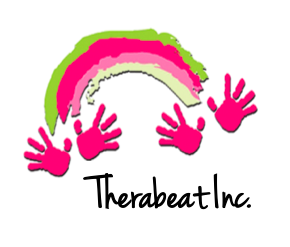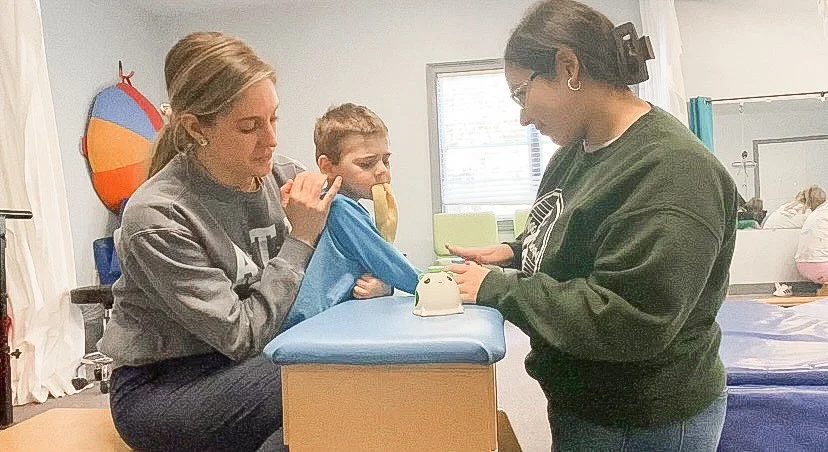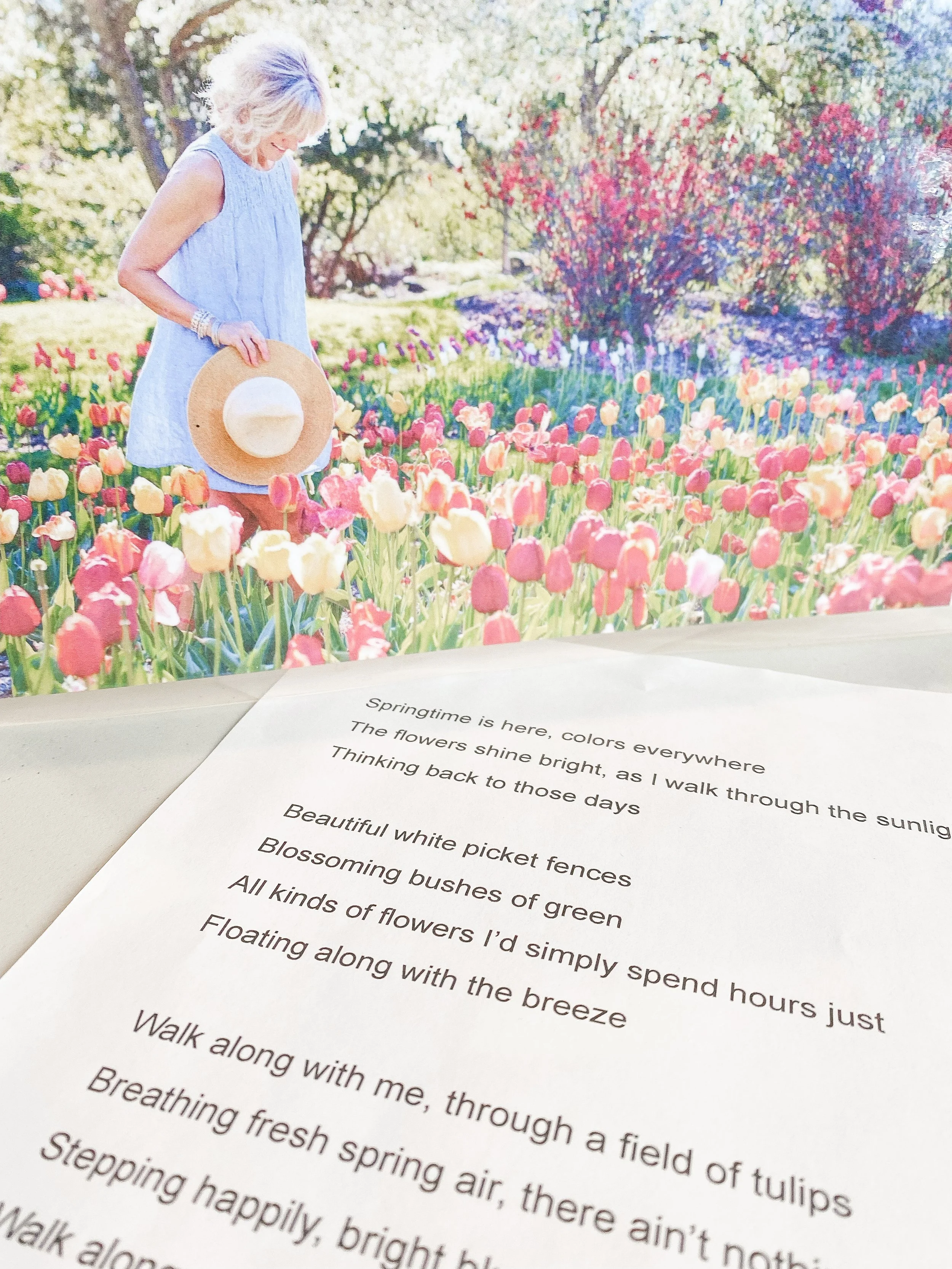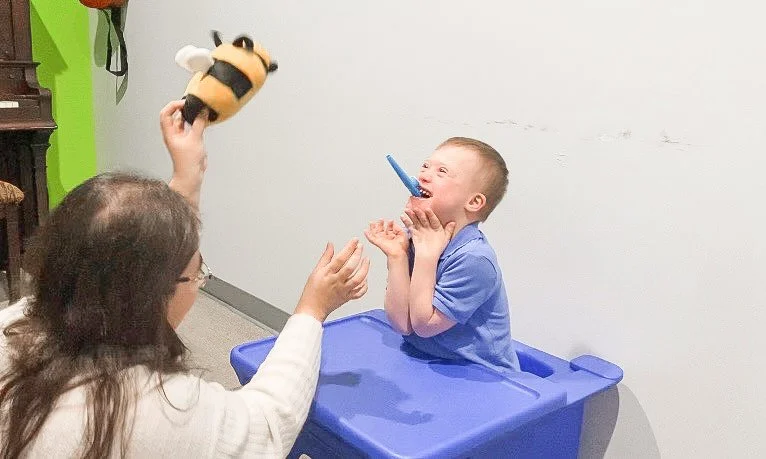Angelman Syndrome (AS) is a rare neuro-genetic disorder caused by a loss of function in the maternal UBE3A gene on chromosome 15 (Connor-Ahmad et al., 2023). Angelman syndrome causes significant impairment in developmental and behavioral areas as well as symptoms such as seizures, lack of verbal and expressive communication, sleep difficulties, poor fine and gross motor skills, and limited self-care abilities. With a prevalence of approximately 1 in 22,000 births, people with AS can live a long life, but not without continuous care. According to Sommese and Corrado (2021), around the age of six months, developmental delays are first noted, with clinical features not becoming noticeable until after the age of one. More than 80% of AS patients experience seizures with onset before the age of three. Mouthing objects, a happy demeanor, water attraction, hyperactivity, and a short attention span are all key characteristics of those diagnosed with AS.
Due to the severity of developmental delay, intellectual disability, and cognitive delay, it is highly recommended that individuals with AS seek early intervention services that target problematic symptoms (Ma et al., 2023). According to researchers, therapies such as physical therapy (PT), speech therapy (ST), occupational therapy (OT), and applied behavioral analysis (ABA) have all shown positive results in managing AS symptoms relating to development and behavior.
Management of care and rehabilitation methods are the main focus of treatment for those with AS since there is currently no cure for this diagnosis (Sommese & Corrado, 2021). Because most who are diagnosed with AS have limited to no speech capabilities, researchers are still looking for the best communication method for these individuals. Speech therapy is one option that attempts to promote nonverbal communication methods through the use of alternative augmentative communication (AAC). In 2020, Roche and colleagues looked at three different types of AAC models and their effects on children with AS. The study found that enhanced natural gestures (ENG), picture exchange communication systems (PECS), and multi-modal ACC interventions all offered beneficial results in the development of communication methods for AS patients. It was suggested that other forms of therapy, identified by families of those with AS, have presented positive results in AS symptom management (Sommese & Corrado, 2021). These alternative therapies include hippotherapy, cranial osteopathy, aromatherapy, reflexology, hydrotherapy, and music therapy. However, current research supporting the effectiveness of these therapies with AS patients is extremely limited.
Within the field of music therapy, there are several neurologic music therapy (NMT) techniques that have explored targeting similar AS symptoms such as cognitive delay and lack of verbal speech and communication. Musical Sensory Orientation Training (MSOT), Auditory Perception Training (APT), and Musical Attention Control Training (MACT) are all NMT techniques that focus on cognitive goals (Thaut & Hoemberg, 2014). In the handbook of NMT, MSOT is used with developmental disorders to improve cognitive processing by using musical instruments to provide sensory stimulation and assistance in orienting a patient to time, place, and person (Myskja, 2014). Auditory perception training is integrated by having patients differentiate different components of sound, such as timbre, tempo, duration, pitch, and rhythmic patterns (Mertel, 2014). Musical Attention Control Training targets various kinds of attention, such as selective, divided, and sustained, by directing a patient with musical stimuli (Thaut & Hoemberg, 2014).
In one study focusing on the effectiveness of music therapy on individuals with Rett Syndrome, music therapy was shown to be beneficial in treating areas such as verbal and non-verbal communication, social skills, behavioral play, grip capabilities, eye contact, and epilepsy (Chou et al., 2019). The music therapist in this study used MSOT, APT, and MACT, as well as movement and music, in their treatment. The results of the study showed improvements in socialization and communication skills, as well as hand skills and eye gaze. Three out of the eleven participants with refractory epilepsy experienced a decrease in seizures, with two participants reducing by more than 50% and one participant being completely seizure-free during the 6-month follow-up.
While there is currently little research that tests the use of these specific neurologic music therapy interventions with AS, many individuals with a similar diagnosis have shown positive results in treating similar AS symptoms. More research is needed in this area; however, these results are a positive indication of another avenue of support for those living with Angelman syndrome.
-Beatriz Leal, Music Therapy Intern
References
Chou, M.-Y., Chang, N.-W., Chen, C., Lee, W.-T., Hsin, Y.-J., Siu, K.-K., Chen, C.-J., Wang, L.-J., & Hung, P.-L. (2019). The effectiveness of music therapy for individuals with Rett syndrome and their families. Journal of the Formosan Medical Association, 118(12), 1633–1643. https://doi.org/10.1016/j.jfma.2019.01.001
Connor-Ahmad, S., Tjeertes, J., Chladek, M., Newton, L., Symonds, T., Clinch, S., Vincenzi, B., & McDougall, F. (2023). Developing Angelman syndrome-specific clinician-reported and caregiver-reported measures to support holistic, patient-centered drug development. Orphanet Journal of Rare Diseases, 18(1), 156. https://doi.org/10.1186/s13023-023-02729-y
Ma, V. K., Mao, R., Toth, J. N., Fulmer, M. L., Egense, A. S., & Shankar, S. P. (2023). Prader-Willi and Angelman Syndromes: Mechanisms and Management. The Application of Clinical Genetics, 16, 41–52. https://doi.org/10.2147/TACG.S372708
Mertel, K. (2014). Auditory Perception Training (APT). In M. H. Thaut & V. Hoemberg (Eds.), Handbook of Neurologic Music Therapy (pp. 227–256). Oxford University Press.
Myskja, A. (2014). Musical Sensory Orientation Training (MSOT). In M. H. Thaut & V. Hoemberg (Eds.), Handbook of Neurologic Music Therapy (pp. 221-226). Oxford University Press.
Roche, L., Sigafoos, J., & Trembath, D. (2020). Augmentative and Alternative Communication Intervention for People With Angelman Syndrome: A Systematic Review. Current Developmental Disorders Reports, 7(1), 28–34. https://doi.org/10.1007/s40474-020-00187-w
Sommese, M., & Corrado, B. (2021). A Comprehensive Approach to Rehabilitation Interventions in Patients with Angelman Syndrome: A Systematic Review of the Literature. Neurology International, 13(3), Article 3. https://doi.org/10.3390/neurolint13030036
Thaut, M. H., & Hoemberg, V. (Eds.). (2014). Handbook of Neurologic Music Therapy. Oxford University Press.






